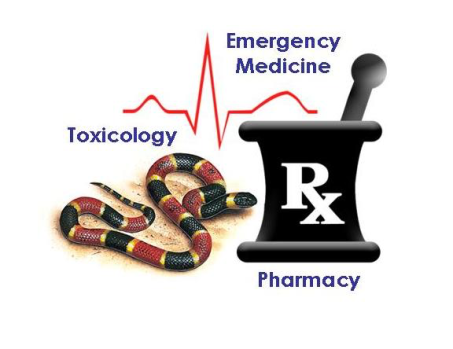In the U.S., intravenous acetaminophen (IV APAP) has made its way into some emergency departments as part of a multi-modal pain management approach, in part due to a perception of more rapid and effective pain control compared to the oral/rectal routes. In an effort to reduce opioid use, IV APAP seemingly has the potential to increase the number of non-opioid options such as ketorolac, lidocaine, and ketamine. Indeed, in some post-surgery literature, IV APAP has demonstrated a reduction in opioid use. The utility of IV APAP (compared to PO/PR) in the ED is unclear as there is a paucity of head-to-head efficacy studies comparing IV vs PO therapy… until now.
What They Did
- Prospective, single-center (ED and short stay unit in Australian academic hospital), randomized, double-blind, double-dummy trial comparing safety and analgesic efficacy of adjunct IV APAP 1 gm versus PO APAP 1 gm in moderate to severe pain
- Primary outcome: Pain scores via the Visual Analogue Scale (VAS) at 30-minutes after administration
- Secondary outcomes: adverse events, repeat or rescue opioid medication dosing, patient satisfaction, and length of stay
- Exclusions: < 18 years old, unable to tolerate PO administration, chronic pain, and/or history of opiate dependence
What They Found
- 87 patients included: 47 IV group, 40 PO group (44 per group needed for power)
- Majority of pain was abdominal/GI or musculoskeletal
- Decrease in mean pain scores from baseline to 30 min was similar across groups
- Repeat or rescue dosing of opioids occurred in almost 86.2% of patients in the IV group, statistically similar to PO group
- No difference in efficacy of analgesia across 4-hour study period, length of stay, patient satisfaction, need for rescue analgesia, or side effects
Application to Clinical Practice
- All patients were given an unknown amount of IV opioid prior to VAS assessment, and pain scores upon presentation to the ED prior to opioid administration were not reported, lessening the ability to compare the two populations. This is the biggest study limitation, in our opinion. If we want to use an opioid-alternative, then use an opioid-alternative. Don’t start treatment with an opioid and then randomize patients to IV or PO APAP. We also don’t know what dose of opioids were used prior to APAP.
- A note on costs: at our institution, the acquisition cost for APAP 1 gm PO is about $0.12, compared to $30 for the same dose IV (~250 times more expensive). Patients may be charged much more than that. Because of the cost, many institutions have removed IV APAP from formulary or placed restrictions on its use. In the U.S. generic IV APAP is not available.
- The PO group did not reach the pre-specified number needed for adequate power. However, if extrapolated, the increased cost would not be offset by benefit in pain control or less opioid use.
Take Home Point
- For the most common presentations of pain in the ED, IV APAP was not more effective than PO APAP, with the caveat that patients received IV opioids prior to APAP.
Further Reading
Dr. Ryan Radecki shared his critique of the study on his EM Lit of Note blog.
Reference
Furyk J, et al. Intravenous versus oral paracetamol for acute pain in adults in the emergency department setting: a prospective, double-blind, double-dummy, randomised controlled trial. Emerg Med J. 2017 Dec 15. [Epub ahead of print] PMID 29247042
